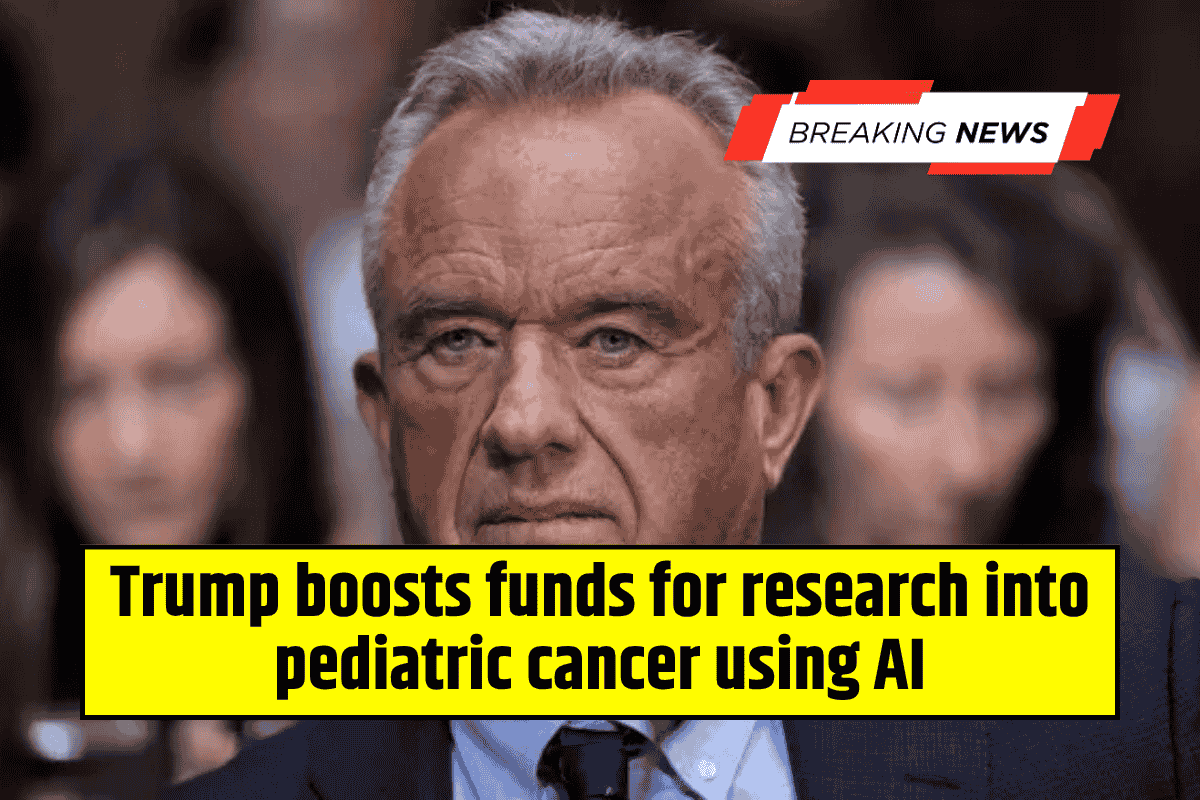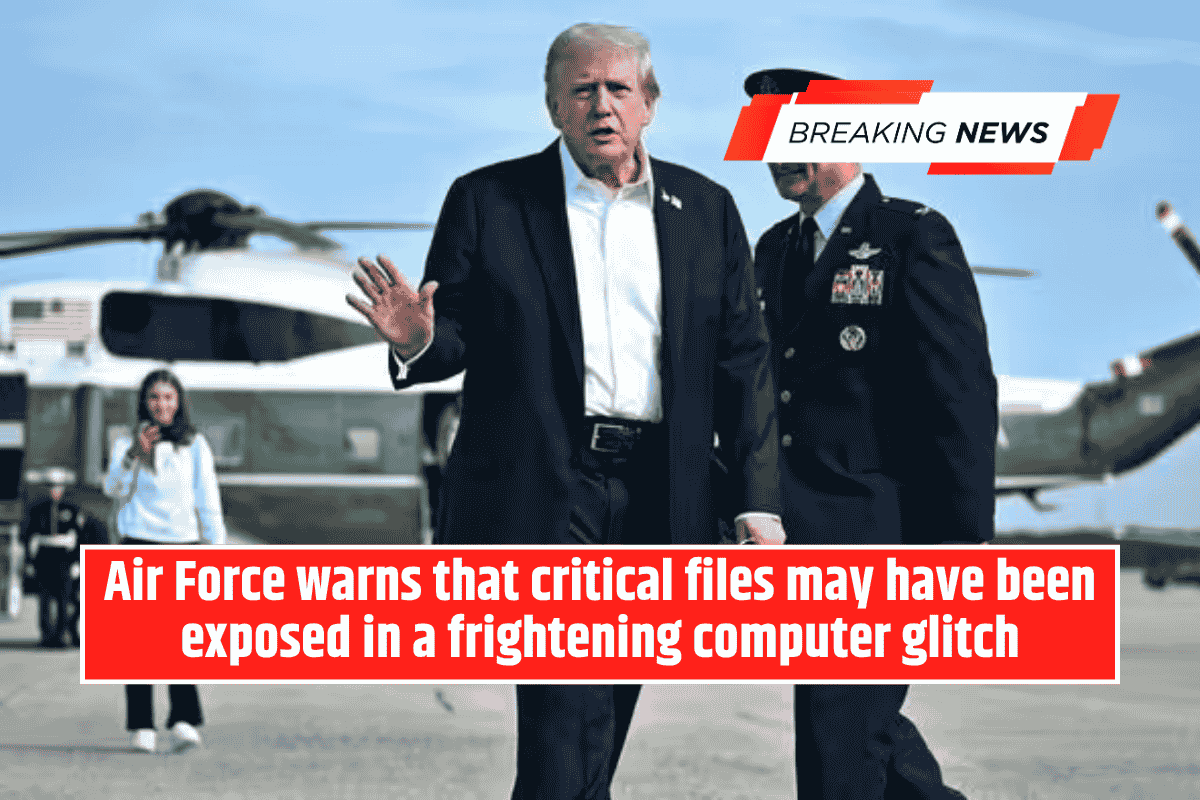On September 30, President Donald Trump signed an executive order doubling federal funding for research into childhood cancer that uses artificial intelligence (AI).
The move builds on the Childhood Cancer Data Initiative, launched in 2019, which established a national data system to collect, standardize, and share information on every child diagnosed with cancer in the United States.
The initiative, part of a 10-year federal commitment, currently receives $50 million annually from the National Cancer Institute (NCI) and the National Institutes of Health (NIH).
Under the new order, that funding will increase by another $50 million annually, effectively doubling the program’s resources.
Collaboration with Science and Health Leaders
The executive order also directs the Make America Healthy Again Commission to collaborate with the Office of Science and Technology Policy (OSTP) to accelerate the use of AI in cancer research.
“No family should have to fight cancer without outdated tools or without access to the very best science,” said Health Secretary Robert F. Kennedy Jr., adding that families had long struggled against childhood cancer while research systems lagged behind.
Michael Kratsios, OSTP director, emphasized the importance of robust data to improve AI applications:
“President Trump’s foresight positioned us today to leverage AI to revolutionize clinical research and patient care like never before.”
The Role of AI in Pediatric Cancer Research
Using the initiative’s growing data infrastructure, researchers will be able to deploy AI to:
- Improve clinical trials
- Sharpen diagnostic accuracy
- Personalize treatments
- Unlock potential cures
- Strengthen prevention strategies
Dr. Jay Bhattacharya, director of the NIH, highlighted the transformative potential of the investment:
“The investment in artificial intelligence that the NIH will make as a consequence of this executive order has the promise to fundamentally transform how these children are treated. It’s not about collecting data alone. It’s about giving families hope.”
The Urgency of Childhood Cancer Research
According to the NCI, pediatric cancer remains the leading cause of death by disease among U.S. children and adolescents. Rates have increased by 40% since 1975, with nearly 9,500 new cases expected this year.
The expanded funding aims to not only strengthen research but also give families and patients access to cutting-edge science in their fight against the disease.
Budget Context and Challenges Ahead
Despite the new investment, Trump’s broader 2026 budget proposal calls for $94.7 billion for the Department of Health and Human Services (HHS), a 26% reduction from 2025 levels.
The plan includes cuts to programs and staff at both the NIH and the Centers for Disease Control and Prevention (CDC), raising questions about how such reductions may affect long-term health research and prevention efforts.










